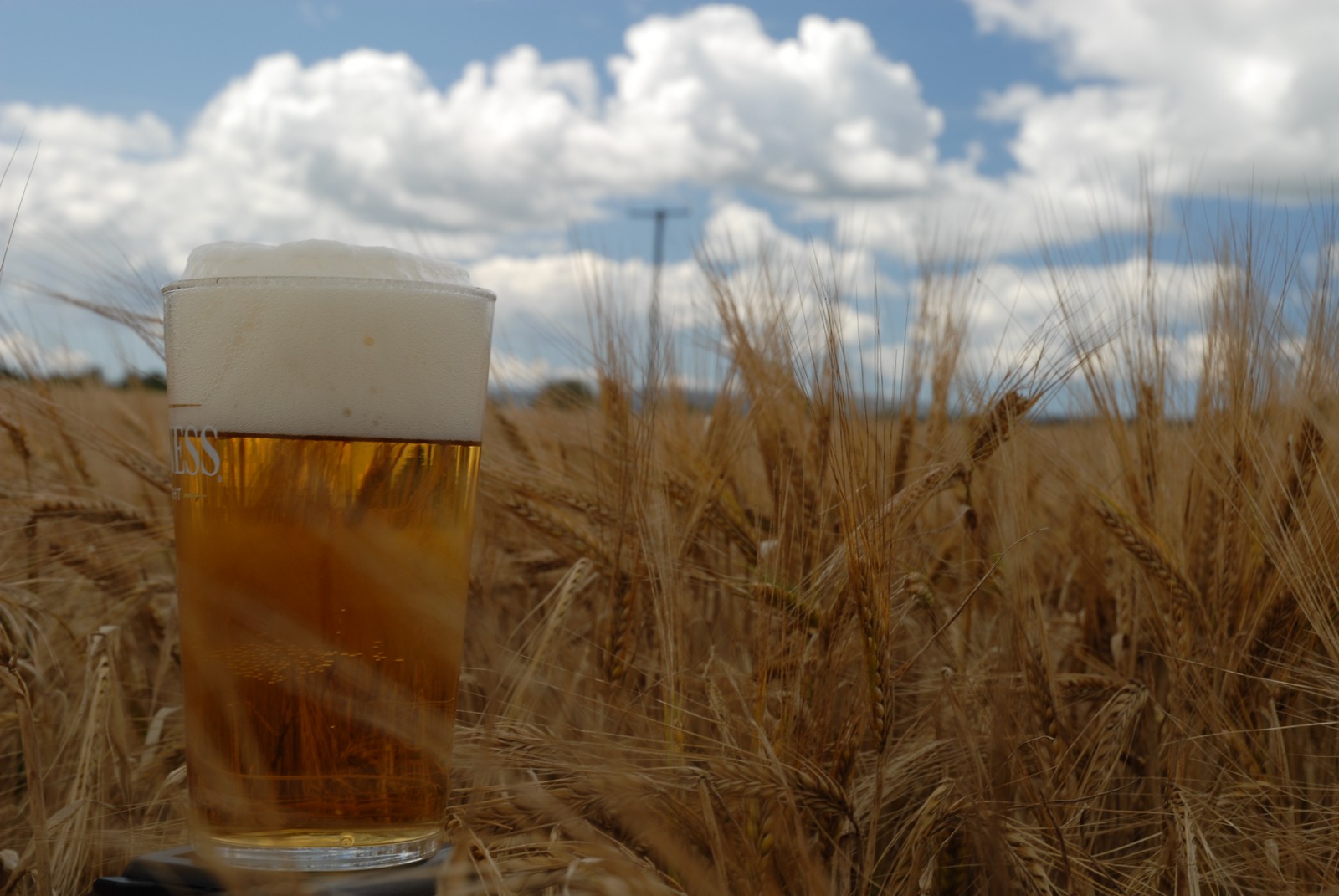Archaeology Ireland Palaeobotanists Letter
 Here’s the letter published in the Winter edition of Archaeology Ireland from the members of the Irish Palaeobotany Discussion Group. You can read the original full article here and view pictures of the experiment here. Billy and Dec will post a response on Monday – Their brains don’t work so well on the weekends, and Billy is still in no-internet land! We’re delighted that the experiment elicited a response and invite readers to comment and discuss the points which are contained in the letter below. The letter was dictated over the phone – hopefully there are no errors.
Here’s the letter published in the Winter edition of Archaeology Ireland from the members of the Irish Palaeobotany Discussion Group. You can read the original full article here and view pictures of the experiment here. Billy and Dec will post a response on Monday – Their brains don’t work so well on the weekends, and Billy is still in no-internet land! We’re delighted that the experiment elicited a response and invite readers to comment and discuss the points which are contained in the letter below. The letter was dictated over the phone – hopefully there are no errors.
Brewing and Fulacht Fiadh
Billy Quinn and Declan Moore in their article ‘beer brewing and fulacht fiadh’ suggested that fulacht fiadh may have been used in the brewing of cereal based alcoholic beverages. The text of the article and accompanying photographs indicate that large quantities of cereal grains would have been required in such an activity. One would expect that such large scale processing of cereal would leave a regular trace in the archaeological record, perhaps in the form of uncharred malted grains at waterlogged sites (malted grains can often be identified by the presence of “sprouted” embryo). Grains that were charred as a result of exposure to fire during the malting process might also be recorded. Evidence from the analysis of plant macro-remains from fulacht fiadh in Ireland (e.g. grains, chaff and seeds) does not however support this interpretation. Cereal remains are often conspicuously absent from these sites.
Our studies of plant macro-remains from 132 fulacht fiadh throughout the country indicate that cereal remains were recorded at less than 8% of examined sites. The remains were always preserved by charring and were recorded in very small quantities (less than 5 grains/chaff fragments in almost every case). Sprouted grains were not identified, suggesting that these grains were not charred during malting.
The article also noted the presence of grinding stones or querns in the vicinity of several fulacht fiadh to support the argument for brewing at these locations. Querns are among the increasingly wide range of artefacts that have been recorded at fulacht fiadh in Ireland. Their presence does not automatically mean that the processing of cereals was taking place at these sites – querns could sometimes have been used in the grinding of other materials. Studies by Kerri Cleary in the summer of 2006 and Joanna Brück have also drawn attention to the symbolic rather than purely functional definition of artefacts during the Bronze Age. It is even possible that querns and quern fragments may occasionally have been deposited at locations where they had not been previously used?
We acknowledge that fulacht fiadh are likely to have witnessed a range of activities and we congratulate Quinn and Moore for carrying out experimental archaeology to assess the potential for brewing at these sites. Evidence from plant macro remains analysis at a large number of these sites in Ireland does not, however, support the suggestion that they were often the locations of cereal based pursuits. We suggest that further analysis of micro-residues may instead provide a better understanding of activities taking place at fulacht fiadh.
8 Signatories (not sure what the etiquette for putting up peoples names is!)
(members of the Irish Archaeobotany Discussion Group)
This entry was posted on Friday, February 15th, 2008 at 4:16 pm. It is filed under About Archaeology, About the Beer, Fulacht fiadh and tagged with About Moore Group, About the Beer, Archaeological Services Galway, Fulacht fiadh, Palaeobotany, The Great Beer Experiment.
You can follow any responses to this entry through the RSS 2.0 feed.

 Here’s the letter published in the Winter edition of
Here’s the letter published in the Winter edition of 

Very interesting. My first thought is that the grain residue from brewing isn’t waste material: today it’s frequently used as animal feed.
What did The Great Beer Experiment do with its leftovers?
D & B
Sorry if this is a double post my first one got lost!
Wouldn’t the brewing process denature the grains, the heat and water would make them easier to break down in the soil? I can imagine the settlements cows being allowed to lick out the troughs at the end not leaving much behind but if there’s no grains there’s no grains.
Fascinating stuff, greetings from Deptford. thanks for the link to my little film. I’ll have to make another abiout the next brew!
Chris G
Afterthought: it is also possible to make bread from spent grains.